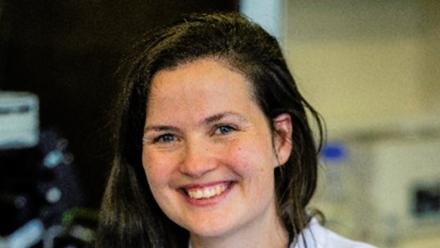Opinion: Reproducible research and open science
13th Jul 2018
Bright Brains IMAGE.The ‘Bright Brains’ newsletter is composed and edited by students, postdocs and early career members of the BNA. In the Summer 2018 Bulletin edition, Dr. Stephen Eglen put forward his thoughts on reproducible research, open science and top tips for becoming an open scientist.thoughts on reproducible research, open science and top tips for becoming an open scientist.
Stephen Eglen, PhD. IMAGE
At first glance, it might seem odd that you would need to prefix the term ‘research’ with the qualifier ‘reproducible’. Surely, once you have a paper in your hands, you have all the details to reproduce someone else’s work? That’s certainly the theory when writing the paper, but often not the practice. Since 2004 we have set a problem for our master’s students to reproduce key results from a paper within computational biology. However, students invariably find many missing details that preclude them from reproducing key figures or results. This failure to reproduce1 is commonly termed the ‘reproducibility crisis’2. So, what might reproducible research entail? My interpretation is that when publishing results, labs should also provide all relevant datasets and methodology for transforming data into results. This means providing the spreadsheets or computational scripts to reproduce analyses.
This leads us naturally to the second term, open science. The competitive nature of science, such as limited funding, jobs and ‘high-impact’ publications, means that there is a natural tendency to withhold key datasets or analysis technologies. An alternative view gaining prominence in recent years is that sharing our resources allows others to build on our work and science as a whole should benefit. As an open scientist, you are increasing your chances of making your work reproducible. Though being an open scientist may appear naive and altruistic, there are selfish reasons for sharing your research3. Many funding agencies now require data management plans for sharing of data post publication, and journals are increasingly asking for data and methods. My optimistic hope is that in 10 years we might be able to drop the qualifier ‘open’ and instead talk again simply about science.
Top tips for becoming an open scientist:
1. Read the guidelines in Markowetz3 and think if they would apply to you.
2. Read about personal experiences such as those of Erin McKiernan.
3. Do experiments? Try writing a registered report before doing the experiments to reduce publication bias.
4. Talk to your local library to see what services they can offer to help archive and share your research. Find a local community of like-minded scientists!
5. Learn how to code, rather than using Excel, for your data analysis. See www.datacarpentry.org If you have any comments or questions, you can find Stephen on Twitter (@StephenEglen)
References:
1. Ioannidis JPA. (2005) Why most published research findings are false. PLoS Med 2:e124.
2. Baker M. (2016) 1,500 scientists lift the lid on reproducibility. Nature 533:452–454.
3. Markowetz F. (2015) Five selfish reasons to work reproducibly. Genome Biol 16:274.

